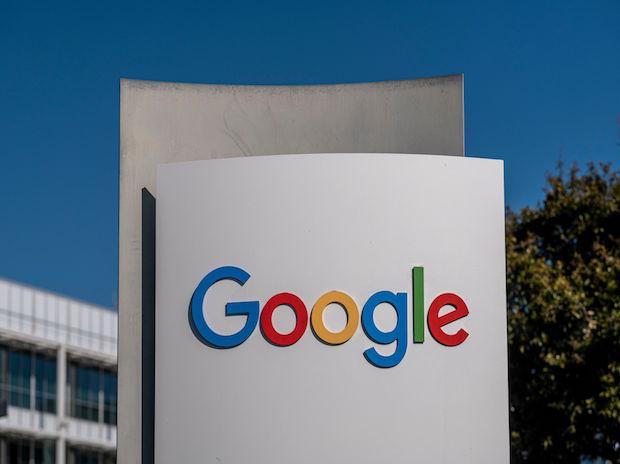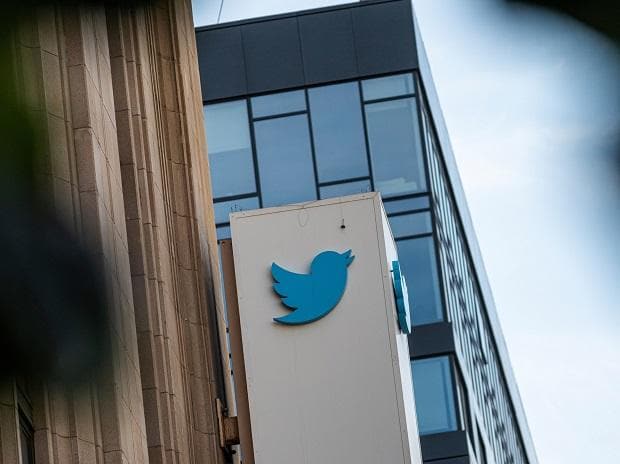As the developments in the Artificial Intelligence (AI) chatbot space dominate the conversation in the technology realm, tech-giant Google has launched its own AI chatbot named Bard.
In a blog post released on March 21, Google announced that it is opening access to its chatbot. The company has touted it as an early experiment to allow users to collaborate and bring valuable “experiences to people, businesses, and communities.”
What is Google Bard?
Bard is Google’s AI-powered chatbot that marks the company’s official entry into the generative AI chatbot arena. The company has said that the chatbot can facilitate productivity, creativity, and curiosity. For example, when a text prompt is generated, the chatbot provides sets of drafts and allows users to pick up whatever suits their requirements. The chatbot is currently in the process of collating feedback and evaluating its system.
The chatbot’s access is currently restricted to the United States and the United Kingdom. Thus, when someone outside these countries opens the link (https://bard.google.com/), the page says, “Bard isn’t currently supported in your country. Stay tuned!”
However, some users outside these countries have registered themselves on the waiting list to request access to the chatbot. Here is the process:
Step 1: Go to the link https://bard.google.com/.
Step 2: The page that opens requires the user to sign in to their Google account.
Step 3: Upon signing in, click on the blue “Join Waitlist” button at the bottom-right of the page.
Step 4: After joining the waitlist, you will receive an email response from bard-noreply@google.com.
Step 5: Then, another email with the subject “It’s your turn to try Bard” will land in your inbox when it is your chance to experiment with the chatbot.
There are two cases in which a user will not be able to sign in:
If they are using a Google workspace account. Or, the Google account belongs to someone not above 18.
The tech behind the chatbot
Designed to be a prediction engine, Bard is powered by a research large language model (LLM) technology. Whenever it receives a prompt, the chatbot produces responses by selecting one word at a time from words that are likely to come next.
The LLM is based on an optimised and lightweight version of LaMDA, a technological feat Google achieved in 2021. The giant said that Bard, which uses the technology, will become more capable as it gets updated in successive times. However, at its core, the technology is grounded in the search engine’s understanding of quality information.
However, although the technology is exciting and emerging, it has shortcomings. It is because the technology has trained itself using information that reflects the biases and stereotypes in the real world. In some cases, therefore, the AI may hallucinate. It means it can provide responses and sound confident, but the answers may be factually inaccurate or misleading.
How is it different from Google Search?
Regarding how the chatbot differs from Google’s search engine, the company itself says it provides a “complementary experience” alongside Google Search. This way, when the chatbot presents any answers, the users can click the “Google it” option, which can be found at the bottom of these answers. In addition, it allows users to check the chatbot’s responses and explore the answer’s sources on the web.
Is there a rollout timeline?
In its blog post, authored by Google’s executives, there is no clear timeline for the rollout of the chatbot. While access to Bard chatbot is currently limited to the United States and the United Kingdom, there is no publicly available plan about when it will be accessible across the globe.
However, the company has ensured that the chatbot’s access will be available in more countries and languages over time.
How is it compared to OpenAI Chat-GPT and Microsoft Bing?
The Bard AI chatbot is released as Google’s response to Open AI’s much-talked-about ChatGPT and Microsoft’s AI-powered search engine, Bing. Therefore, at this stage, it is uncertain whether the features of Bard AI are different, better, or in line with its competitors.
However, Google’s market stronghold might give the company a significant edge over its competitors.
Note:- (Not all news on the site expresses the point of view of the site, but we transmit this news automatically and translate it through programmatic technology on the site and not from a human editor. The content is auto-generated from a syndicated feed.))



